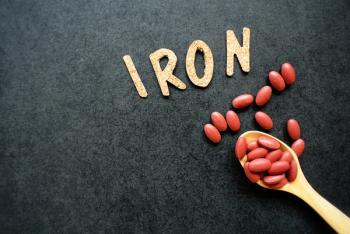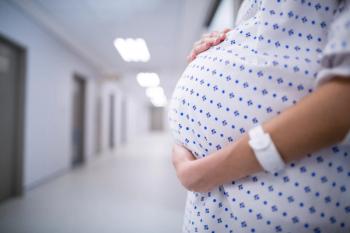
Vaccine for cervical cancer precursors holds promise
If proven effective, the vaccine, called VGX-3100, would be the first non-ablative therapy for cervical precancer.
Results of a Phase IIb study suggest that a vaccine composed of synthetic plasmids that target HPV 16 and HPV 18 E6 and E7 proteins may have promise as a treatment of cervical intraepithelial neoplasia (CIN)2/3. If proven effective, the vaccine, called VGX-3100, would be the first non-ablative therapy for cervical precancer.
Published in
Histopathological regression was seen in 53 (49.5%) of the patients who received VGX-3100 versus 11 (30.6%) of the patients who received placebo (95% confidence interval [CI] 1.4-36.6; P=0.034). In the modified intent-to-treat analysis, 55 (48.2%) of 114 vaccine recipients and 12 (30%) of 40 placebo recipients had histopathological regression (percentage point difference 18.2 [95% CI 1.3-34.4; P=0.034]).
Most patients had injection-site reactions but only erythema was significantly more common in the group that received VGX-3100 than in those who received placebo (98/125, 78.4% vs. 24/42, 57.1%; percentage point difference 21.3 [95% CI 5.3-37.8; P=0.007]).
Newsletter
Get the latest clinical updates, case studies, and expert commentary in obstetric and gynecologic care. Sign up now to stay informed.









